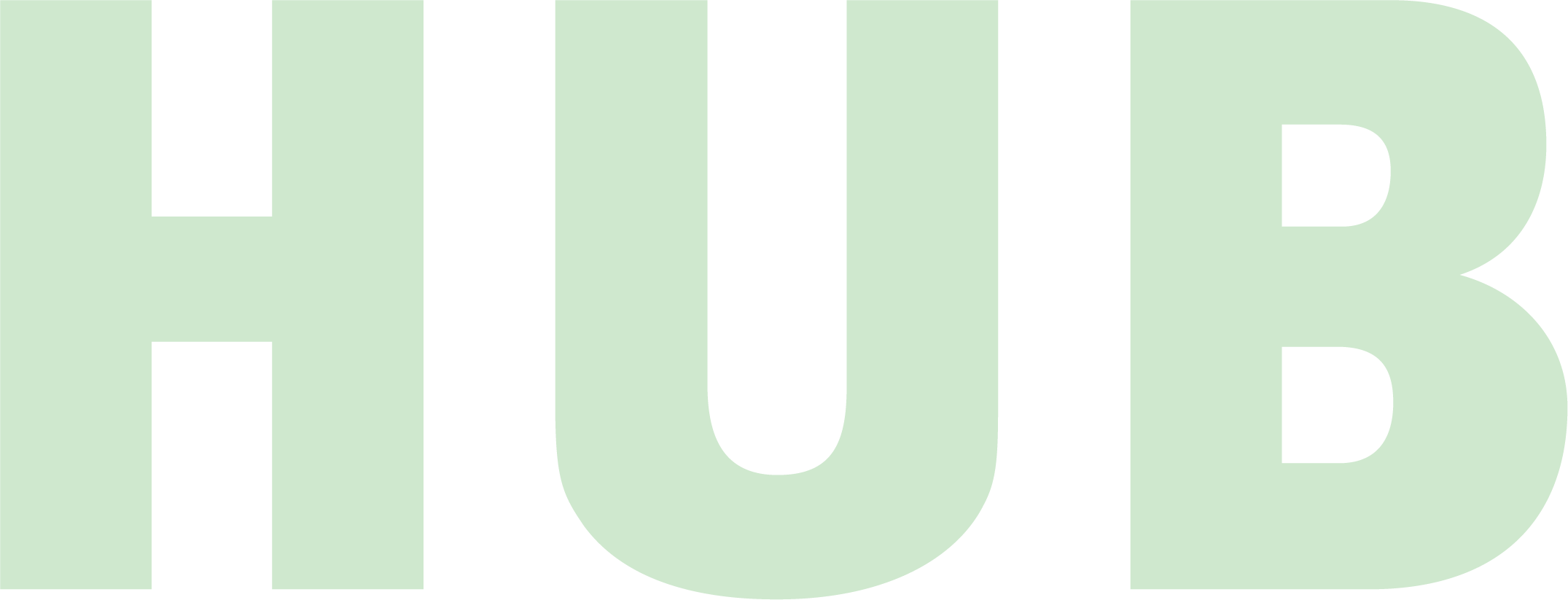Hey There Hanging Punctuation
As a designer, more of my time and precious brain calories are consumed by compulsive typographic criticism than I would prefer. It’s great motivation to better my own work, and is otherwise unproductive in pretty much every other context of my life. Not too long ago, I was irrationally incensed by a particular social media post: a basic Instagram story rectangle, populated by a clean, simple hierarchy of a header followed by a left-aligned pull quote. The simplicity of the layout only magnified the flaw. There it sat, taking up precious syntactical real estate and drawing my eye directly to the vacuum it had now generated in an otherwise serviceable paragraph—a pair of open quotation marks, sitting inside the left margin of the text, with all the grace and consideration of a hastily dog-eared book page.* All the bland disappointment of a scuffed patent leather toe box.**
The fact that it was posted by an established and trusted newspaper—once the bedrock and typographic domain of our Gutenberg-ian ancestors—only twisted the knife.
I’ve decided to direct this inner storm of typographic contempt toward something positive, constructive, noble, and honestly selfless: Education. To give a quick overview, the practice of hanging punctuation refers to the positioning of punctuation marks, like commas, quotation marks, and dashes, just outside a paragraph's margin. This technique creates a sense of visual harmony by allowing the line of text to remain unbroken, and the reader to remain undistracted, their eyes smoothly navigating from one word to another without interruption.
In the delicate art of layout design, so much hinges on what is strategically sidelined, just as much if not more than what is screaming the loudest at you on a page. In the same way a miniscule drop of coffee on a white t-shirt is somehow more noticeable from far away, the human eye is immediately drawn to anything that breaks a pattern. Intentional pattern-breaking is a great way to make something feel important. Unintentional pattern-breaking is a great way to steal precious attention from the message of the text and confuse its overall importance in the typographic pecking order.
Punctuation serves a deeply important and nuanced purpose in language—it’s the only nonverbal form of typography that we have at our disposal, and it not only adds to the meaning of a text, but it can also serve as metatextual communication about the text itself. Like the fundamental purpose of graphic design, it provides visual communication and strategic guidance for how to interpret information. And when treated properly, it achieves what good typography should always strive to do: make reading easier.
Sure, to designers, clean lines and the concept of “The Grid” will always have inherent aesthetic value and reverence. But to normal people who are here to get as much information into their brain as they can in the easiest way possible, good typography should fall into the background. Or in this case, the margins.
*not a lot of grace and consideration.
**a lot of bland disappointment.
